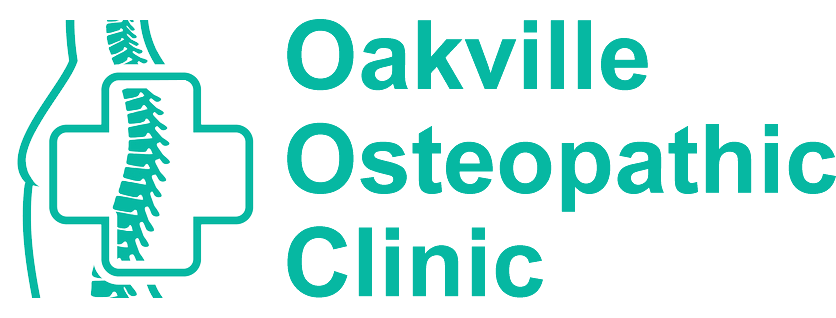What Is The Evidence Base For Osteopathy, And How Does It Compare To Other Medical Approaches In Terms Of Research And Clinical Trials?
Osteopathy is becoming an increasingly popular alternative or complementary form of medical treatment. But what does the evidence base say about its efficacy? In this article, we will explore how osteopathy compares to other forms of medicine in terms of research and clinical trials, asking: What is the evidence base for osteopathy, and how does it compare to other medical approaches?
We all want to be sure that any medical treatments we pursue are backed up by proof that they work. Osteopathy has been around since the 19th century, but only recently have studies started to catch up with the growing demand for information on its effectiveness. I’ll look at some of the key findings from recent research into osteopathic care, as well as examine how it stacks up against more established therapies such as conventional medicine.
In conclusion, this article seeks to answer two questions: What is the evidence base for osteopathy, and how does it compare to other medical approaches in terms of research and clinical trials? We’ll take a close look at both questions – so stay tuned!
Definition Of Osteopathy
Osteopathy is an age-old practice that has been around since the 19th century. It is a holistic approach to healthcare that focuses on treating musculoskeletal disorders and pain through manual manipulation of the body’s joints, muscles, and tissues. Osteopaths use their hands as well as specific techniques such as massage, stretching, exercises, and joint mobilization/manipulation in order to restore normal functioning within the body. This method of healing aims to bring balance back into both structure and function of all bodily systems. To put it simply; osteopathy strives for optimal health by utilizing natural methods to treat physical ailments.
Nowadays, there are numerous types of medical approaches available when it comes to dealing with various conditions or illnesses including traditional medicine, alternative medicines, new drugs, etc. However, due to its low-risk nature and effectiveness in providing relief from chronic pains such as lower back pain or neck pain – osteopathy stands out among them all. Thusly, it becomes increasingly important to understand what is currently known about this treatment modality and how it compares against other medical approaches when it comes to research and clinical trials. Let us take a look at the evidence base for osteopathy next.


Overview Of The Evidence Base
Osteopathy has a strong evidence base, with many clinical trials and research papers published on the efficacy of osteopathic treatments. Osteopaths have used this evidence to develop both diagnostic protocols and treatment plans that are tailored to each individual patient’s needs. Studies have shown that patients who receive osteopathic care tend to report better symptom relief than those treated with conventional medical approaches. This is especially true for musculoskeletal problems such as back pain or neck pain. Additionally, studies suggest that osteopathy can reduce stress and improve the overall quality of life among patients with chronic conditions like fibromyalgia or depression.
Overall, the evidence suggests that osteopathic care is an effective approach to managing various health concerns. However, it is important to note that there may be other types of treatments available that could provide similar outcomes in some cases. In the next section, we will compare the evidence base behind osteopathy with other medical approaches in terms of research and clinical trials.
Comparison To Other Medical Approaches
The evidence base for osteopathy is strong, yet it often gets overshadowed by other medical approaches. On one hand, many of the treatments offered in conventional medicine have been studied extensively and can be very effective when used correctly. On the other hand, much of the research on osteopathic techniques has been limited to a small number of studies involving few participants – making it difficult to draw conclusions about its efficacy.
This lack of comprehensive research means that there are still questions surrounding how well osteopathy works compared to other treatments. However, due to the encouraging results seen in existing clinical trials and studies, further investigation into this area is warranted. Moving forward, more robust clinical trials and research studies need to be conducted so that we can better understand the potential benefits of these therapies.
Clinical Trials And Research Studies
Moving on from the comparison to other medical approaches, it’s important to look at the evidence base for osteopathy. Clinical trials and research studies help us understand how effective a particular treatment is, so let’s take a closer look here.
When it comes to clinical trials, osteopathy has been studied quite extensively in recent years with some very promising results. For example, one major study found that patients who received osteopathic treatments experienced significant reductions in pain intensity compared to those who did not receive any treatment at all. Other studies have also found similar effects when treating musculoskeletal conditions such as low back pain and neck pain.
In terms of research studies, there are several systematic reviews that have looked into the effectiveness of osteopathy for various conditions including neck pain, headaches, shoulder problems, and more. The findings generally suggest that osteopathic techniques can be beneficial for reducing symptoms associated with these kinds of conditions. However, more robust randomized controlled trials are needed in order to draw more definitive conclusions about its efficacy.
Osteopathy is a holistic approach to healthcare that has been growing in popularity as an alternative to conventional medicine. The evidence base for this modality of treatment is strong and continues to grow with more clinical trials and research studies being conducted every year. In comparison to other medical approaches, the evidence supporting osteopathy appears much stronger than many treatments within traditional healthcare systems. While there are some areas where further study is needed, it’s clear that osteopathy can be a safe and effective form of healing when performed by a qualified practitioner. All in all, if you’re looking for an alternative solution to your health issues, consider giving osteopathy a try – after all, no one knows what works better than you do! As they say: “When life gives you lemons, make lemonade!”
